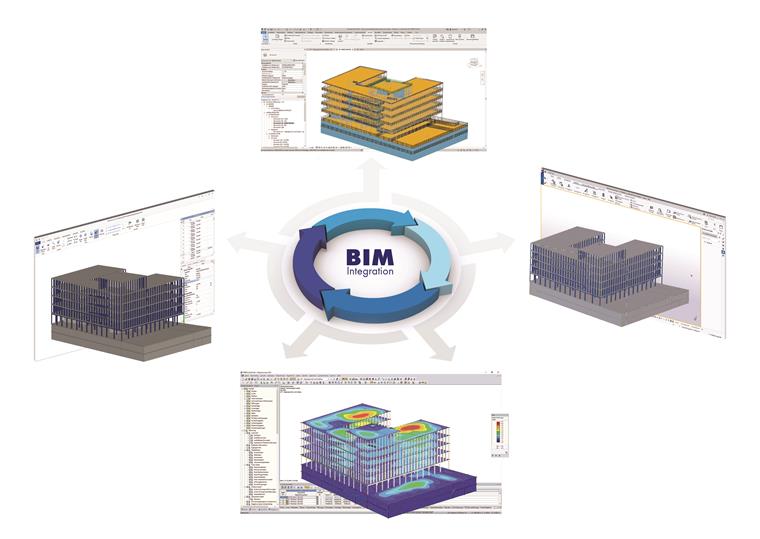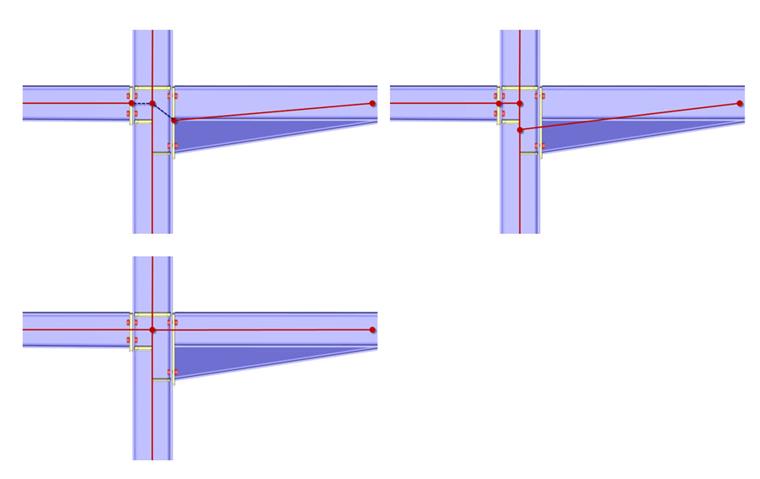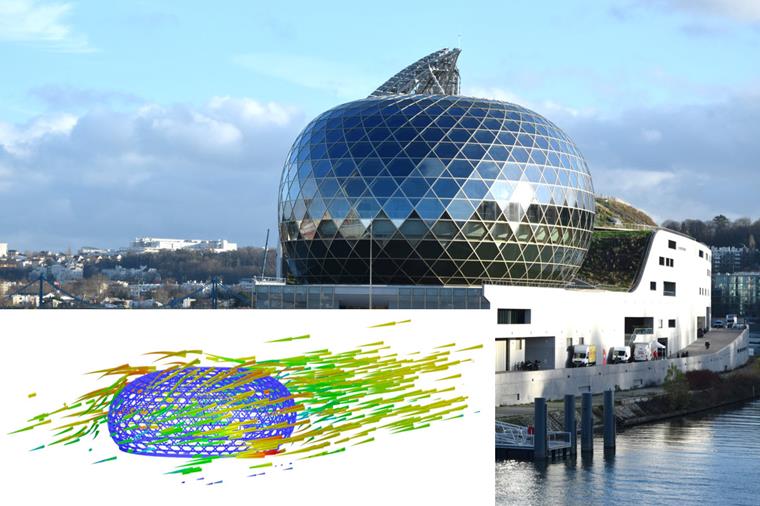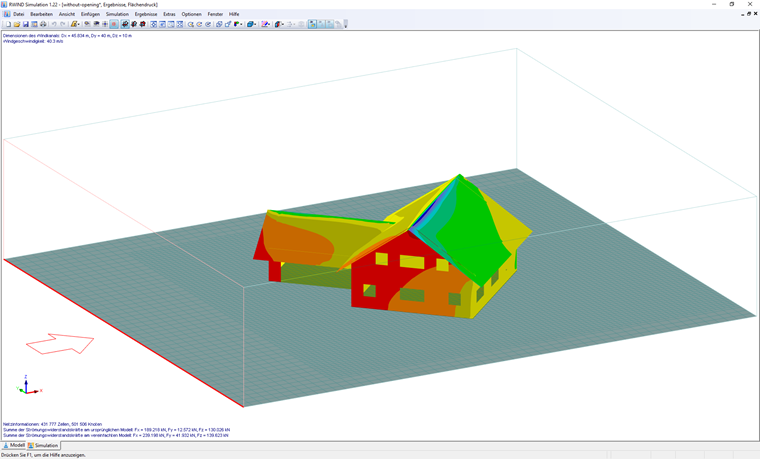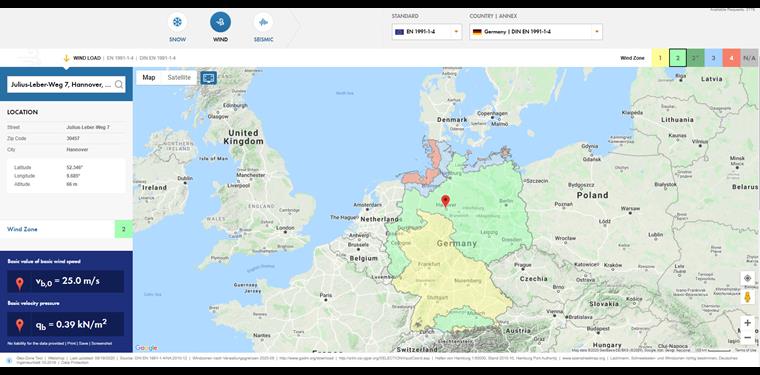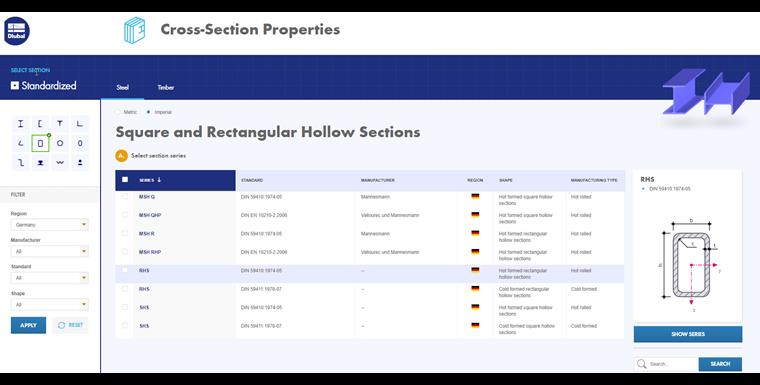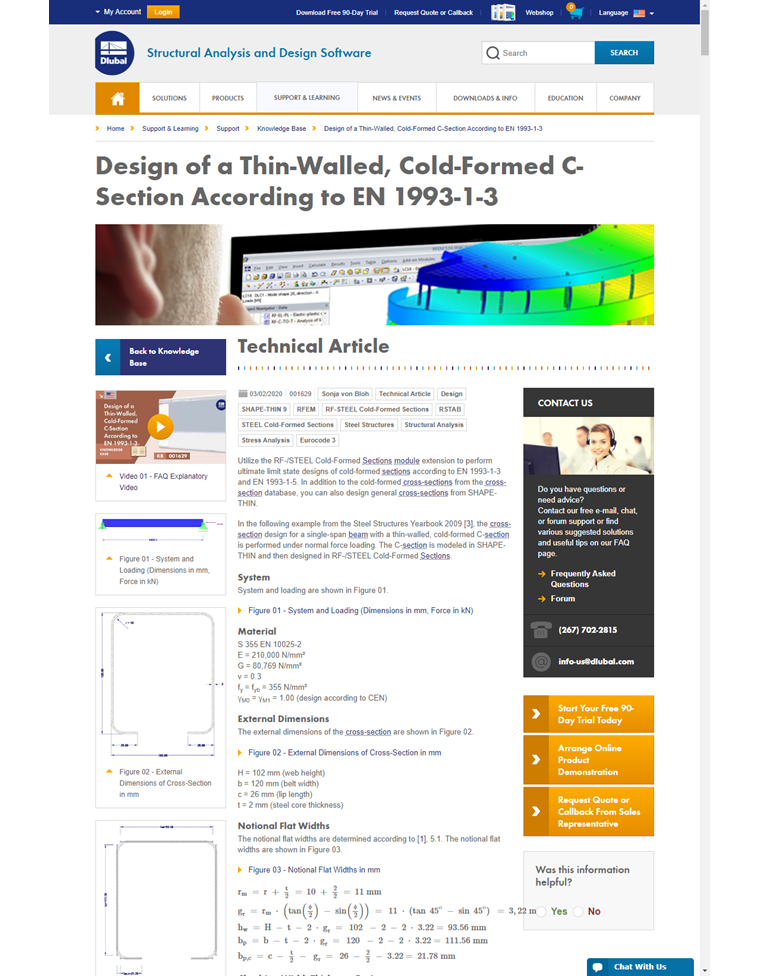digitalBau as Industry Meeting
In February 2020, a new trade fair on "Digitization in Construction" took place in Cologne, Germany. After many difficult years for typical construction software trade fairs, this is the first successful repositioning of a trade fair in this industry. It is also remarkable that the event focused exclusively on software and thus, as is often the case, this industry segment was not lost due to the presence of other manufacturers of construction products, such as bricks and gutters. It will be interesting to see if this successful start will continue in the next two years with an increasing number of exhibitors and visitors. It is already clear that it was a get-together for all well-known software manufacturers in the building and construction industry in general, and for structural analysis and design in particular. If you have followed the developments closely in recent years, you have seen the trends; digitalBau was also a good opportunity to realize it.
Building Information Modeling becomes increasingly important
For more than 20 years, civil engineers have been studying how digital options can be used to represent the entire lifecycle of buildings. Only now does it seem that more than just a few pioneers are working with it. Moreover, structural engineers also recognize this topic as an opportunity to acquire new clients, work more efficiently, and present their engineering office as innovative and progressive. This last point is not to be underestimated when it comes to hiring hard-to-find specialist engineers and retaining them for a longer period of time.
New software versions include more tools to work with 3D data better and to communicate digitally. This was preceded by several years during which architects came to appreciate the advantages of digital twins. They help to create attractive visualizations and perform cost estimates quickly and accurately. Once the 3D models have been created, you want to use them for other tasks, such as structural analysis and design.
Why start again from the beginning when you can import the models with the certified Open BIM interface? These have been the ideas so far. However, it is well known by now that a digital calculation model is fundamentally different from a 3D model created by the architect, even if it looks the same at first glance. Although it is based on the dimensions and model data of the digital twin, it does not necessarily contain the information about supports, hinges, and, for example, the associated loads and load combinations that are essential for a calculation. Furthermore, the analysis model contains significant simplifications, without which no efficient calculation would be possible even today. For example, in the BIM model, all structural components are described as solids.
In the structural analysis model, however, solid elements are rarely used in calculations. Instead, columns and beams are modeled as 1D finite elements (that is, with a start and end node and a line in between). The stiffness of the element is described by the cross-section values and the length of the line. Thus, 3D solid geometries degenerate into simple wireframe models. This, in turn, means that the center lines and surfaces of columns, beams, ceilings, and walls do not always meet in a node or a line; thus, you can easily get to the mentioned wireframe model. Instead, the position of the structural lines of action must often be moved and defined more precisely in order to obtain a coherent, meshable analysis model.
Since this requires engineering knowledge, it cannot always be completely automated by software and can be extremely time-consuming. State-of-the-art BIM software displays this issue, and both models—including the structural model—are available. Special tools lengthen, shorten, or find nearby points and define them as structural nodes. If these structural models are transferred to the structural analysis software in the next step, a common exchange format is required. This does not necessarily have to be the manufacturer-independent IFC format. There are multiple formats as well as direct interfaces between BIM and structural analysis software, where the data are imported directly from one program to another without an intermediate file.
New Digital Solutions for Wind Load Simulations
Once the model has been imported into the structural analysis software, you have to refine it further. In addition to supports, hinges, and other mechanical parameters, applying the load is a big step. In the traditional approach, load assumptions are made and entered into the analytical model as member or surface loads. For regular building shapes, the load standards indicate which loads you have to apply. Applying loads from self-weight, imposed, and snow loads usually causes only a few problems. The situation is different for wind loads. Wind flows and turbulences are only regulated for simple building objects. Even the most common things, such as dormers, eaves, canopies, or partially open buildings can quickly lead to situations in which it is unclear whether or not suction or compression loads are present and how large they are. However, with the option to plan digitally, you might want to design architecturally sophisticated and extravagant building shapes. Even if load assumptions can be made here, it is very cumbersome and time-consuming to apply them. As with using structural analysis to simulate wind flows, you can also use FEA methods, which are usually used, for example, in mechanical engineering for the analysis of flows. It is obvious to use digital simulations for wind flows and for determining wind pressures on buildings.
Therefore, the simulation of wind loads was a major topic at the Dlubal structural analysis and design software company's booth at the digitalBau trade show in Cologne, Germany. The corresponding program, RWIND Simulation, can be interpreted as a digital wind tunnel. What is otherwise analyzed on replica models in one of the few wind tunnels in Germany in a time-consuming and expensive way, can now be analyzed much more quickly. Digital models, as they are already available when using the BIM method, are imported into the software and can thus be displayed with a high level of detail. Furthermore, the topography of the surroundings and the adjacent buildings is important in wind simulations. These can be additionally imported and aligned in relation to the building. The relevant standards specify the basic wind speeds and turbulences to be applied in diagrams. You can define them in the software as a vertical wind profile depending on the standard. The simulation of wind flows from different directions begins with these specifications. As a result, we obtain animated visualizations of wind flows and speeds, as well as the resulting pressures on the structure's surface, which can then be used as a structural load.
The digital wind tunnel can be used even more effectively in combination with the structural analysis software RFEM. 3D analysis models can be transferred directly to the digital wind tunnel. After the simulation is completed, loads are automatically transferred as a structural load case. When using CFD software such as RWIND Simulation, a significant part of the structural analysis is lifted to a completely different level. Load assumptions based on CFD provide the opportunity to determine more realistic and possibly more economical and safer load actions for the supporting structures. Utilizing 3D models in structural analysis and wind simulation also saves time when entering wind loads. On the other hand, there is the discrepancy that load applications based on load standards do not correspond to the numerically determined loads from the CFD analysis. This raises doubts, especially if the load level is lower. Reference calculations and validating numerical results against known benchmarks are necessary here.
However, it can also be argued that real wind tunnel tests only represent the reality approximately because of the very scaled-down models, measurement errors, and the distribution of the sensors. In addition, it is difficult to determine the elasticity of buildings in a real wind tunnel test. Numerical solutions offer great potential here. Moreover, the load standards are very simplified methods, which are usually considered as a safe tool. Both methods of load determination - real wind tunnel test and simplified methods of the load standard - thus only represent approximations of the reality. Therefore, loads determined by means of CFD and RWIND are at least a good alternative and help the user to understand the actual conditions. This is a good example of how the construction industry can benefit from digitization and BIM, as well as innovative and new products. In addition to the architecture and analysis model, a digital wind model is required. Let us hope that the legal circumstances and the methods of checking structural analysis will be adapted to the new possibilities and actively shape the technical progress.
Cloud-Based Services
Another oft-discussed topic is utilizing cloud-based services for structural analysis and design. However, this is not only about saving data on servers, but also about providing information on the web and its automated use. Related to structural analysis, there are already many examples where calculations can be carried out on the web. An example of how structural planning can benefit from cloud-based services is the Geo Zone Tool by Dlubal Software. This service includes zoning maps to quickly determine snow loads and wind speeds, as well as seismic and tornado data for many countries worldwide.
Actions from tsunamis, temperature, rain, and ice are currently in development. The zoning maps are based on digital maps of online map services like Google Maps and OpenStreetMap. The respective standards are available for each country. A limited number of requests is available at no cost. Your access is activated to all zoning maps after logging in. An additional web application is available for automated data transfer from third-party websites for any location. This way, the service can also be included in other applications.
Furthermore, you can use the cross-section tables online. Previously, you had to update documents or obtain cross-section properties in printed form regularly, but now you can access the latest versions online. Not only are standard cross-sections available, but also cross-section shapes that you can enter by means of dimensions. Thus, the online service provides much more than an unchangeable printed table book.
FEA programs and the projects calculated with them are sometimes so complex that in some cases, intensive contact with the software manufacturer is necessary. Again, there is a trend towards more spontaneous online training and support meetings. As in private life, the support team and users can be contacted directly, at least for initial simple questions. Now, this goes far beyond the usual email request, and you can use the comment functions in social media channels such as Facebook and Instagram to contact the company. Some manufacturers also offer chat functions on their websites that use artificial intelligence to search automatically for possible answers to the questions asked. If you used to book a training including a multiday trip, you can now expand your knowledge on the YouTube channel with a recorded webinar or customer event.
The websites, for example by Dlubal Software, have been developed into a comprehensive structural analysis portal. In addition to a traditional forum, there are numerous frequently asked questions (FAQ) that help users to solve problems outside office hours. Expertise on specific topics is provided by technical articles. All the content is available at no cost and additionally, you can take advantage of the extensive search options to find the relevant article.
